How to Make Polenta – an Easy Italian Recipe
Learn how to make polenta from an Italian who knows all about polenta and Cucina Povera. This is how my Nonna Chiarina made polenta in Southern Italy.
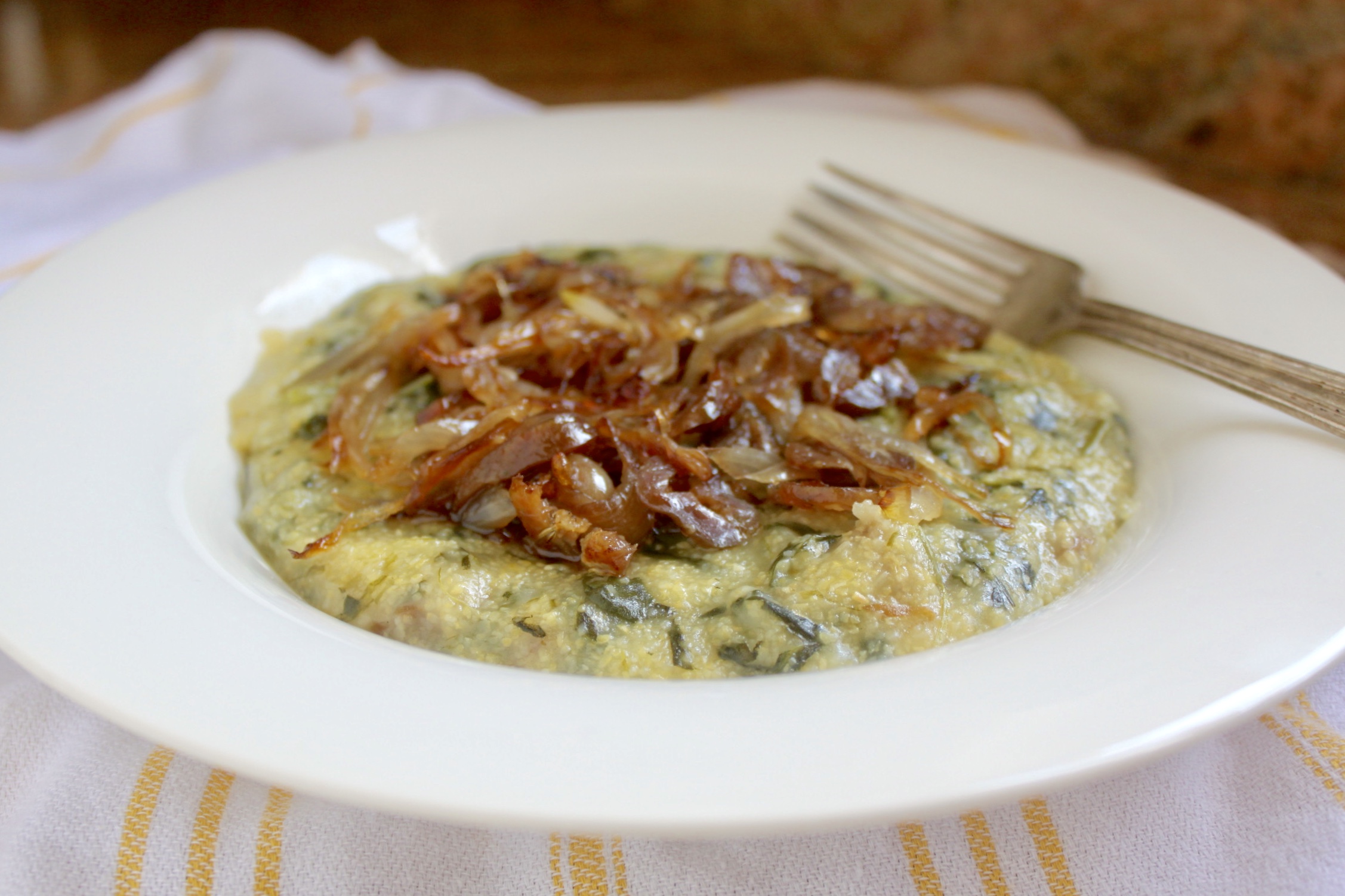
Originally published November 28, 2012.
Polenta is no longer the peasant food of its past, and rightfully so. It’s such a versatile dish; if you’ve never tried it, I think you’ll be pleasantly surprised! I’d love to teach you how to make polenta!
As an Amazon Associate I earn from qualifying purchases.
Have you ever made polenta? Is it one of those dishes that is something you’re afraid of making simply because you don’t know enough about it?
Given the types of questions that people ask on google (see my answers below), I’d hazard a guess that there are many of you who feel this way, so I’m going to walk you through how to make a delicious bowl of polenta and you’ll never look back!
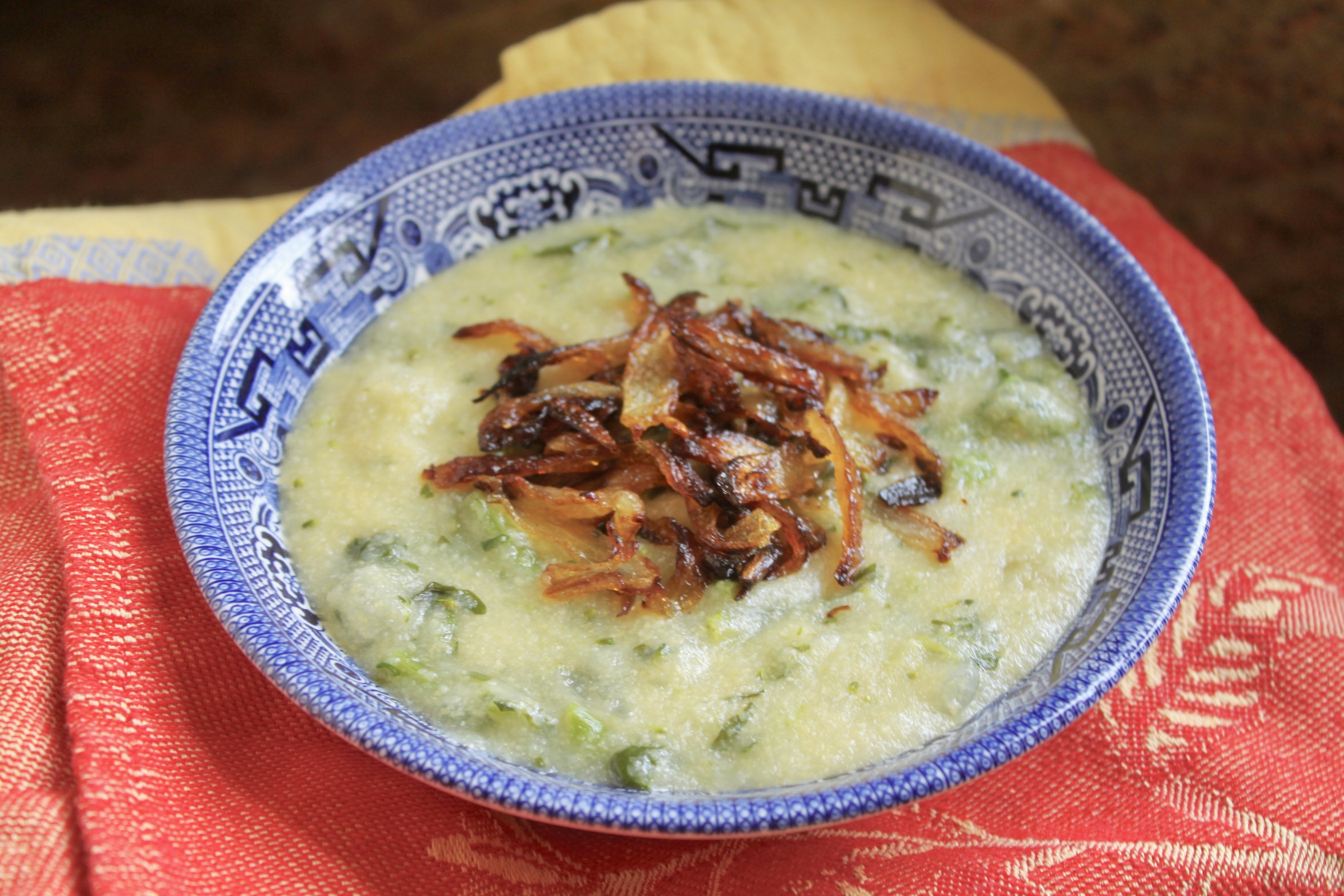
I originally published this post almost 8 years ago when I had no clue about SEO (search engine optimization) or how to post recipes, so I included at least four recipes in one post which means that none of them were actually seen! This was the title, Polenta, The Dish with Endless Possibilities. So I’m starting with this basic polenta recipe and will follow with others. (Edit: I’ve since posted this lovely recipe on grilled or roasted polenta with or without cheese!)
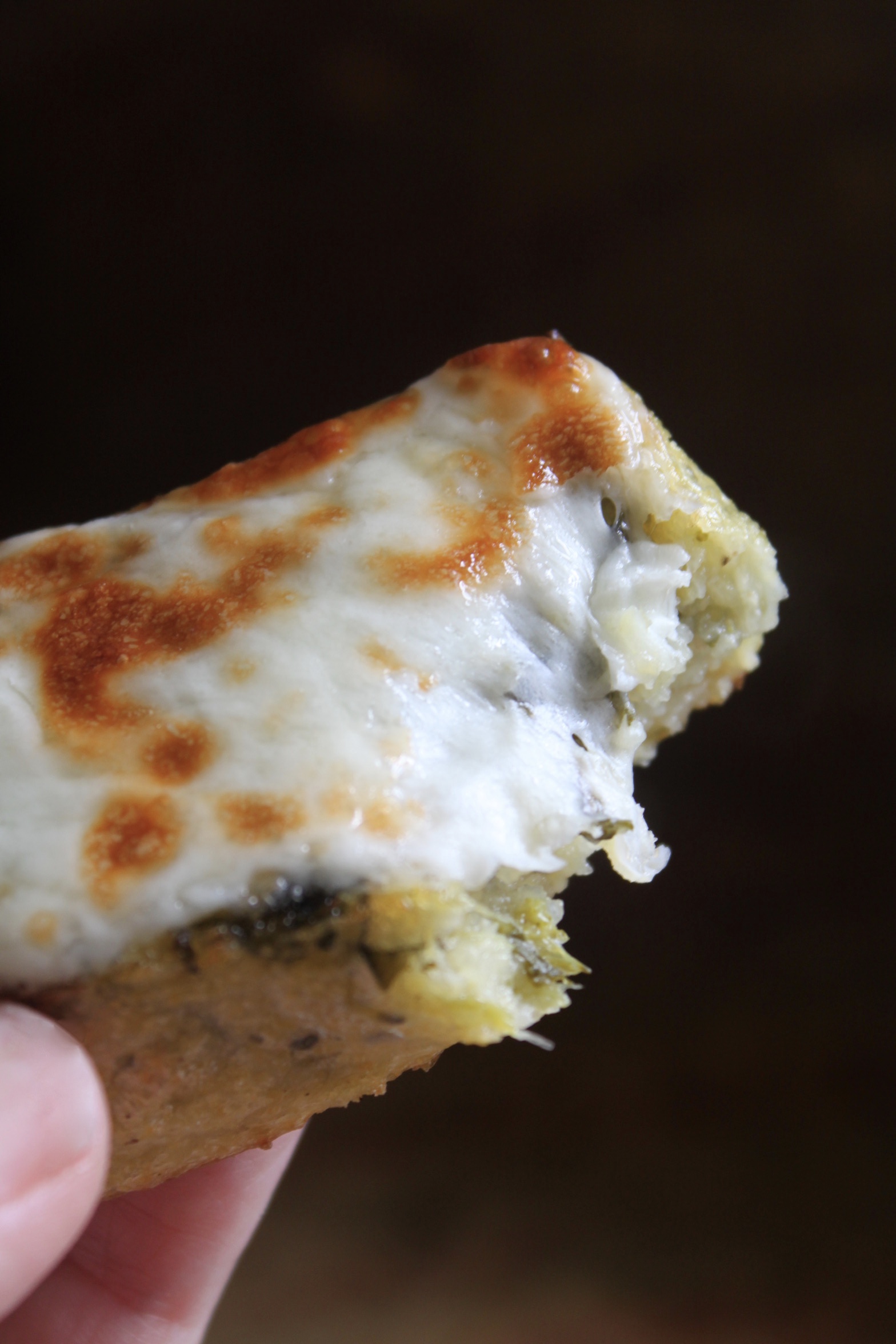
What is Polenta?
Polenta is simply, cooked corn meal, and it has always been a very popular dish in Italy. It’s really a cucina povera or “peasant” dish, and I make it the way my mother taught me, which is how her mother taught her, which I’m sure goes back many generations. Polenta can refer to the cornmeal itself, or the dish after it’s cooked.
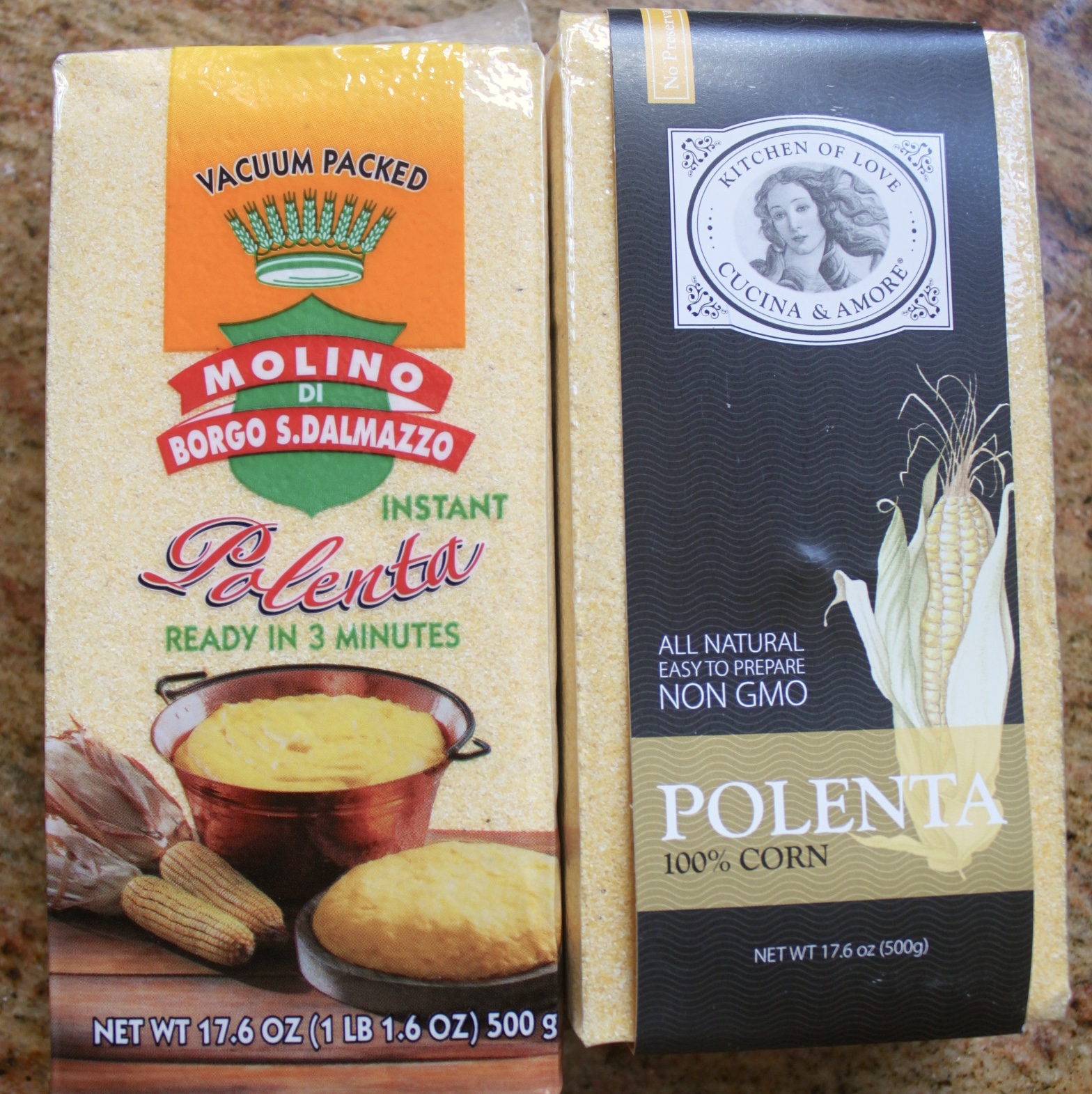
How is Polenta Different from Corn Meal?
While corn meal is a more coarsely ground corn, polenta is much more fine. It’s almost like a flour, but not quite as fine. That said, if you only have corn meal, use it in place of polenta as the flavor is just as good, but it’s the texture that is different. If you don’t like the coarse grind texture, you can always blend the corn meal in a blender to get a finer grind.
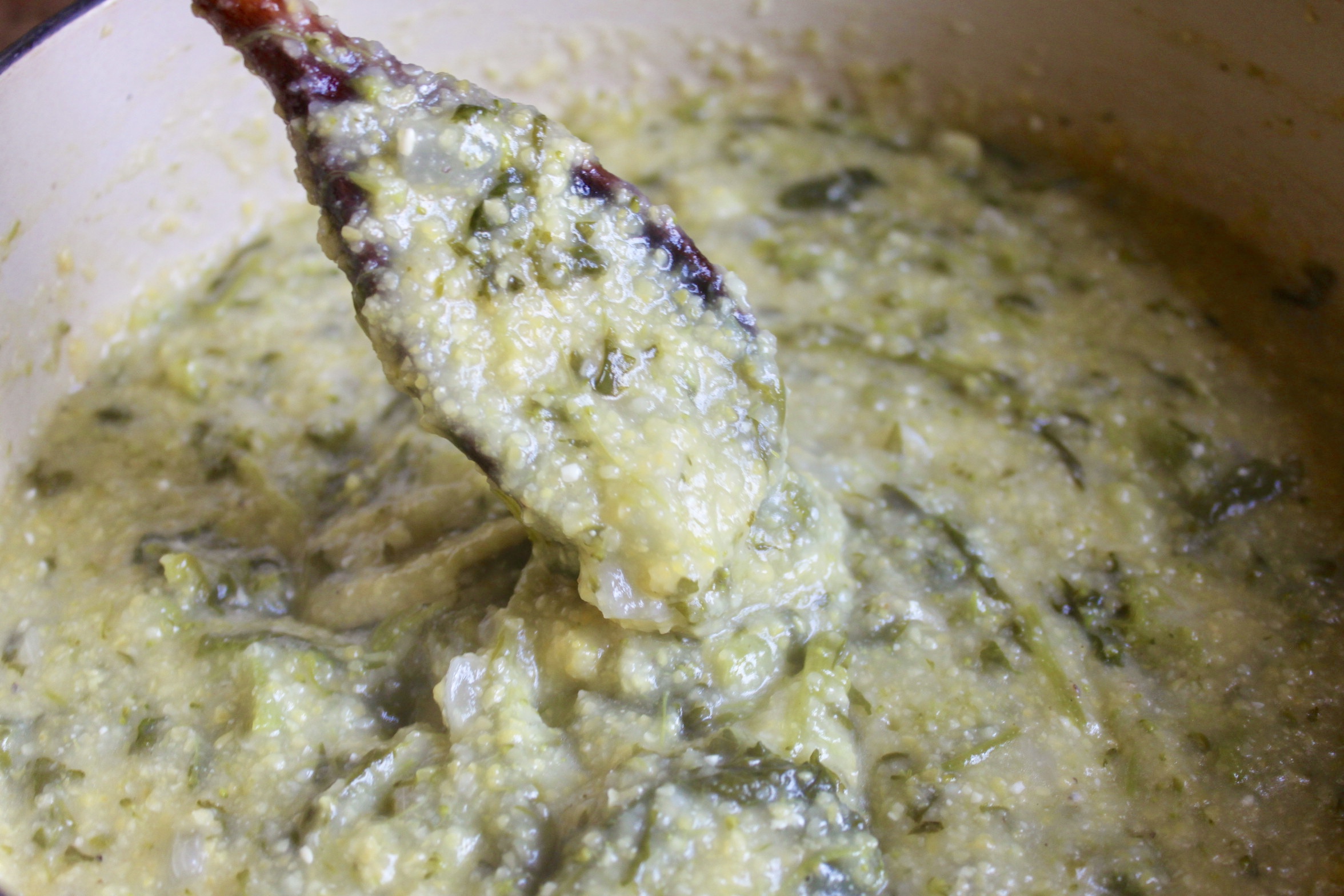
Is Polenta Good or Bad for You?
Polenta is definitely a nutritious and healthy dish, given of course, that it’s made with good quality ingredients and not topped or made with unhealthy additions. It’s naturally gluten free, vegetarian, dairy free, egg free and nut free. Don’t take my word for it, though, read about its health benefits here.
How do you Keep Polenta Creamy?
My tip for avoiding lumps is written in the recipe below, but besides whisking the grain into cold water before it comes to a boil, I find it easier to wet the polenta and then add it to the pot of water.
Variations of, and Ways to Serve Polenta
The following recipe includes rapini, which is the way my Nonna made it most frequently, however, you can absolutely omit the greens if you want a plain polenta. In fact, you can even omit the onions, but these ingredients only add to the nutrition and flavor of the dish. I highly recommend trying it if you can source the ingredients right now.
You can also add many other ingredients to your liking, such as fava beans, other vegetables and cheese. One of my favorites is a dry cured, hard Italian sausage in the polenta. I also like to fry some sausage with the onions and add it on top (see the picture below). The caramelized onion topping is incredibly delicious and adds a lovely texture to the soft dish.
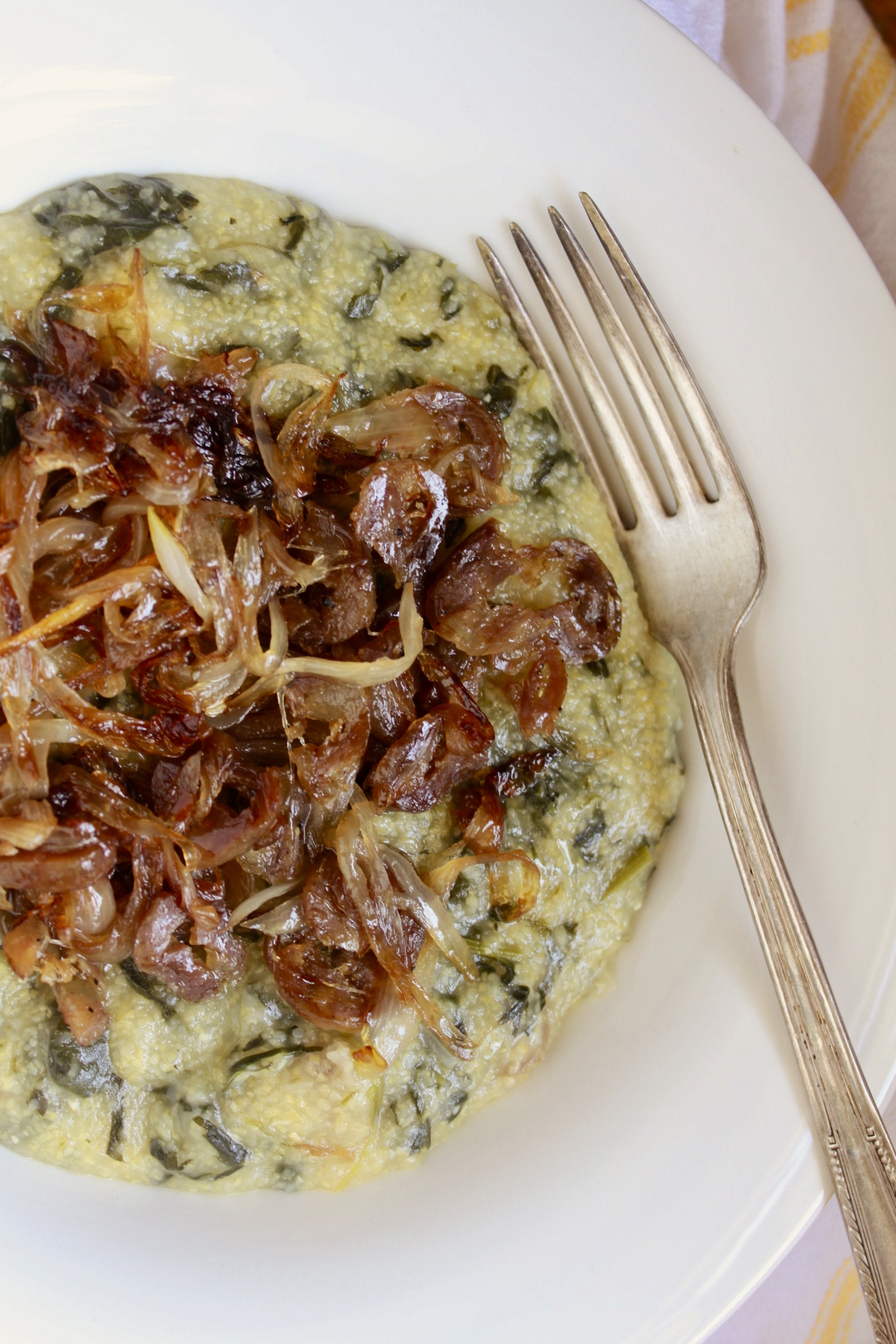
A very typical way to serve polenta in Italy is with a meatless tomato sauce like this one. Another is polenta with braised beef, as we were served in the Italian speaking region of Ticino in Switzerland.
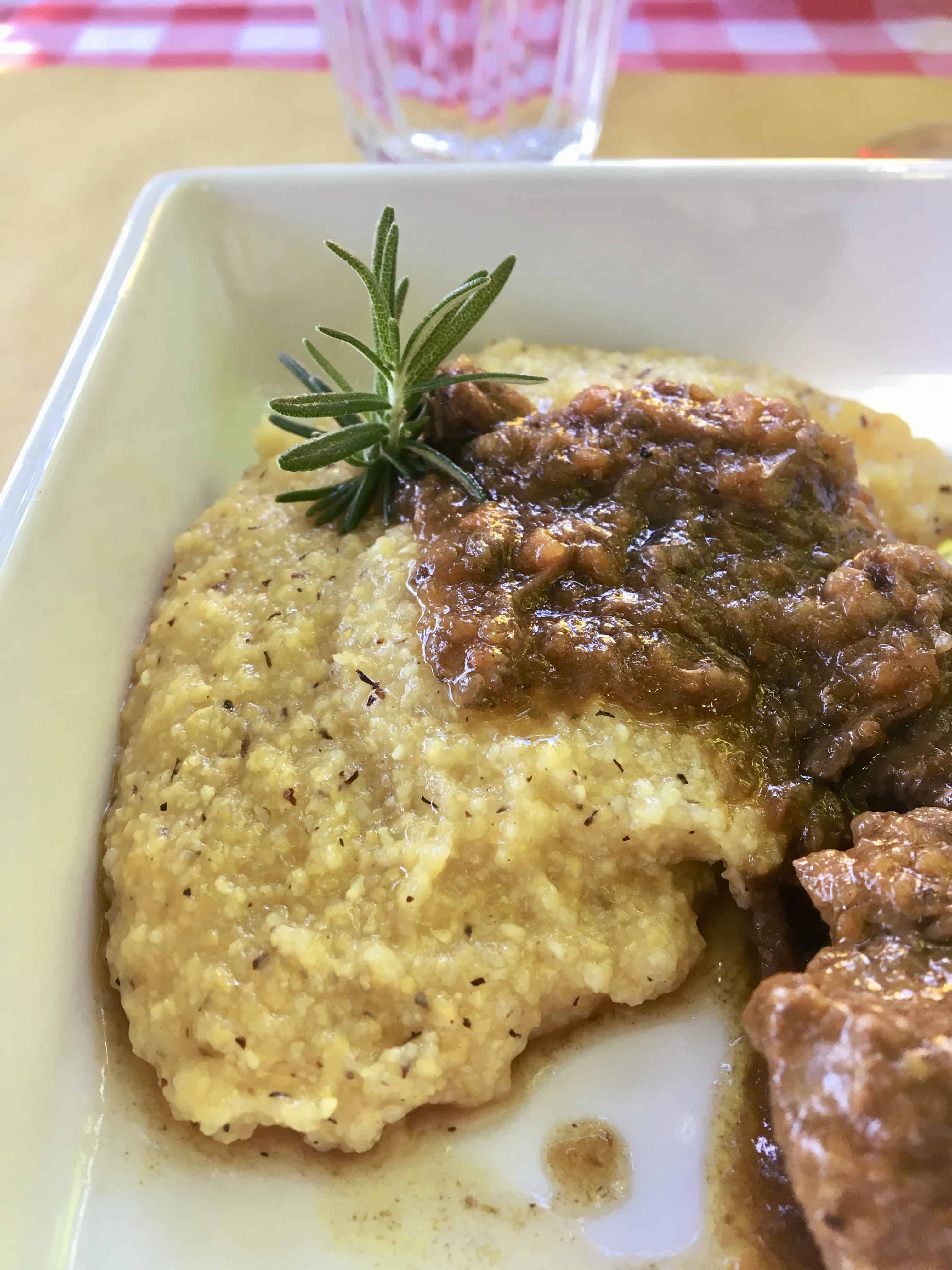
How to Make Polenta: a Basic Italian Recipe
with Step by Step Instructions
ratio for polenta/corn meal to water is 1:4 (in volume) makes 5 servings
Ingredients
- extra virgin olive oil
- onion
- rapini,
- polenta
- Kosher salt (Diamond Crystal)
-Optional: caramelized onions to serve
Step 1
Fry the onion in the olive oil in a large, heavy pot over medium high heat until translucent and just starting to brown.
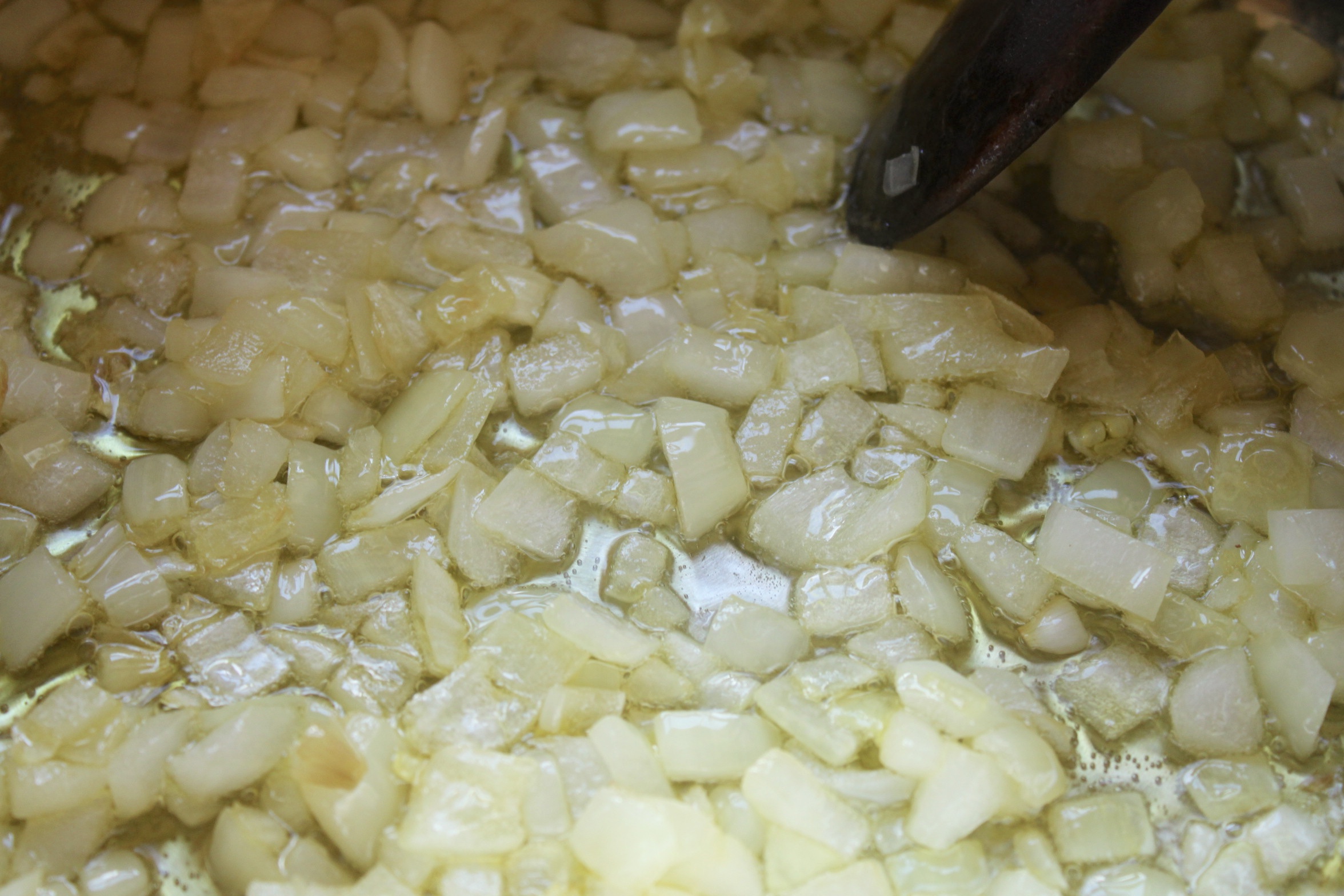
Add 4 cups of water to the pot.
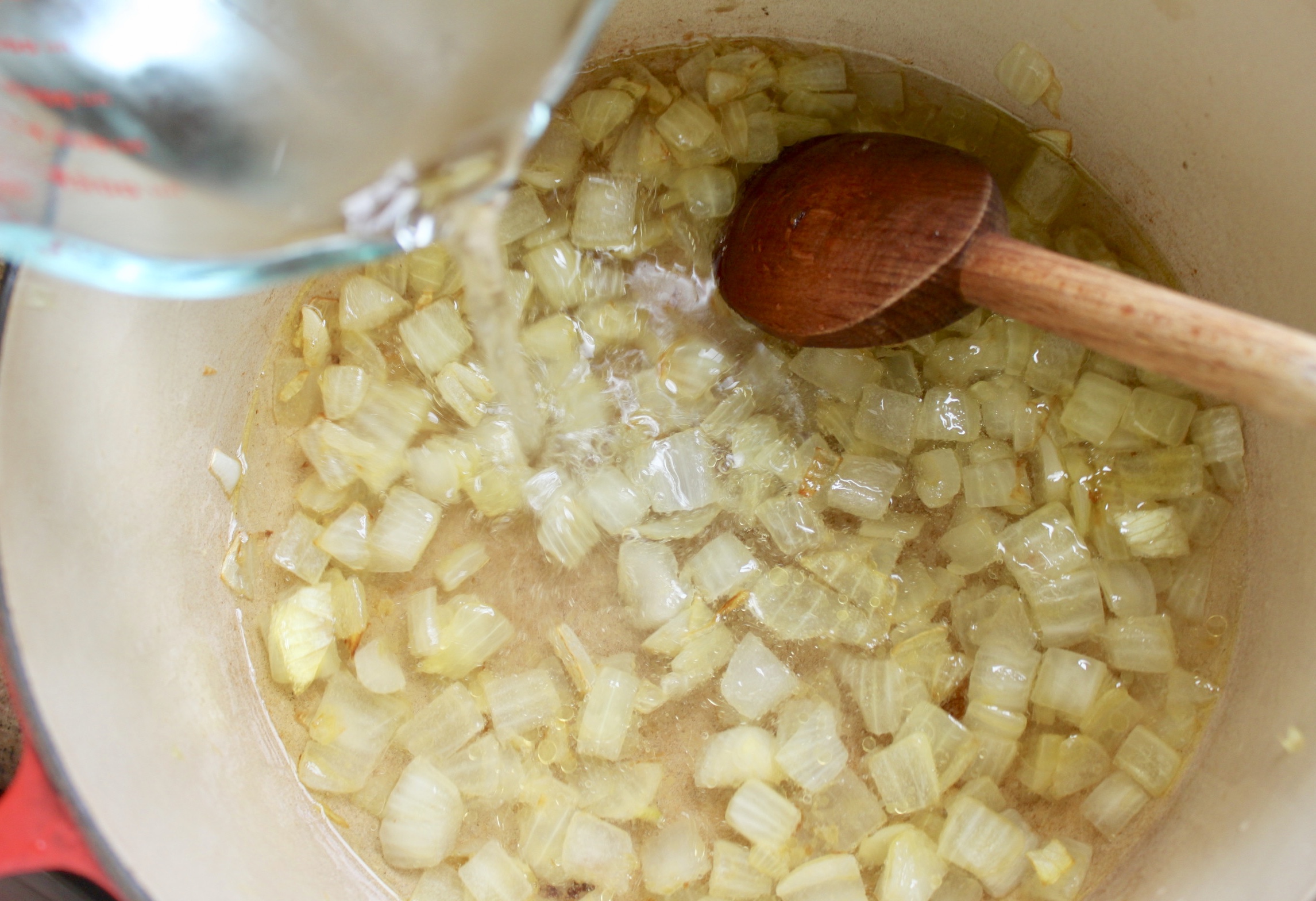
Step 2
Then add the chopped rapini and cook for about two minutes.
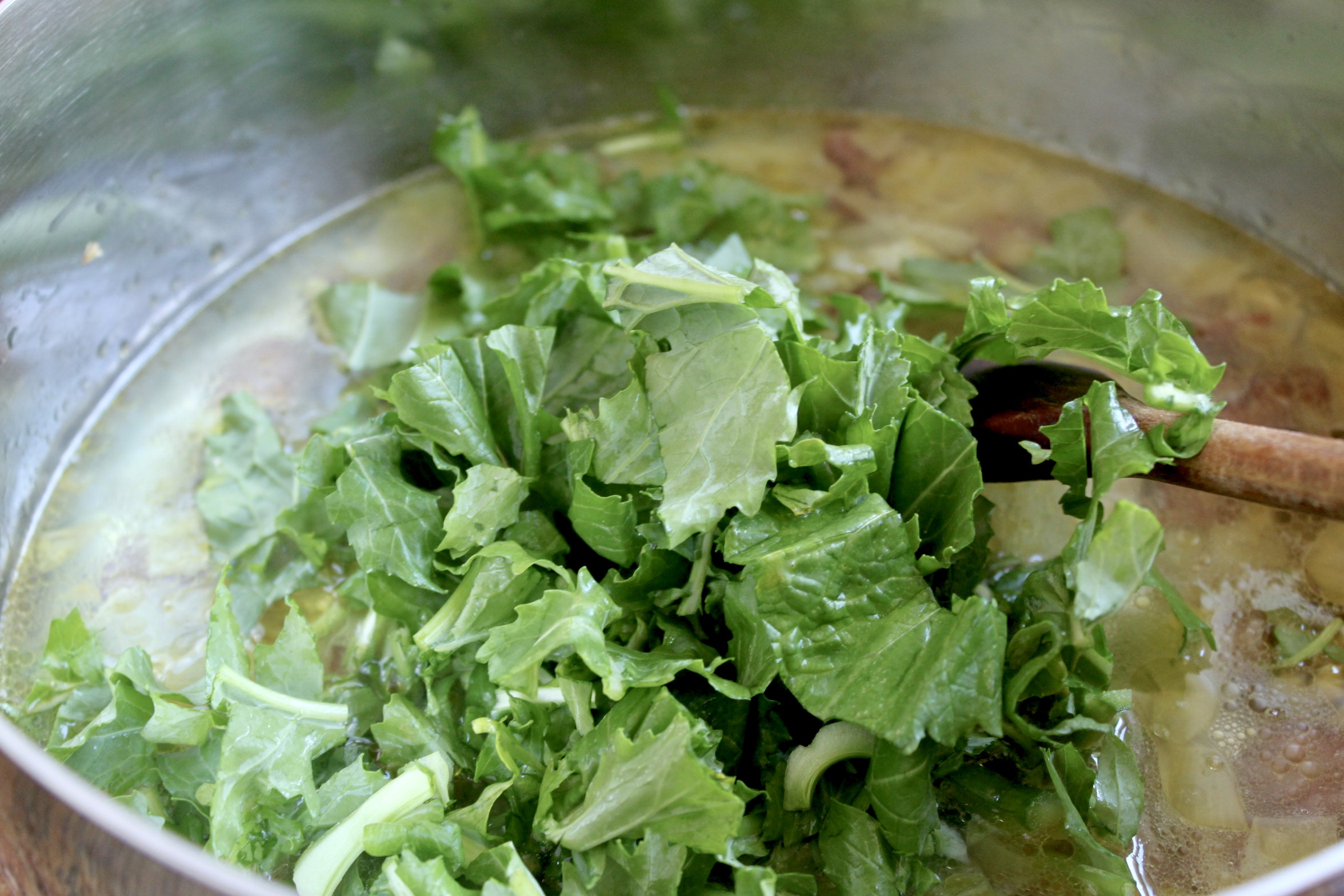
Next, add the remaining 2 cups of water to the cornmeal placed in a bowl, and stir to moisten. This technique of adding water to the dry ingredient will ensure that you will avoid lumps. However, do not add the water to the polenta until just before adding it to the pot. Add half a teaspoon of Kosher salt at this time, taste and add more as needed.
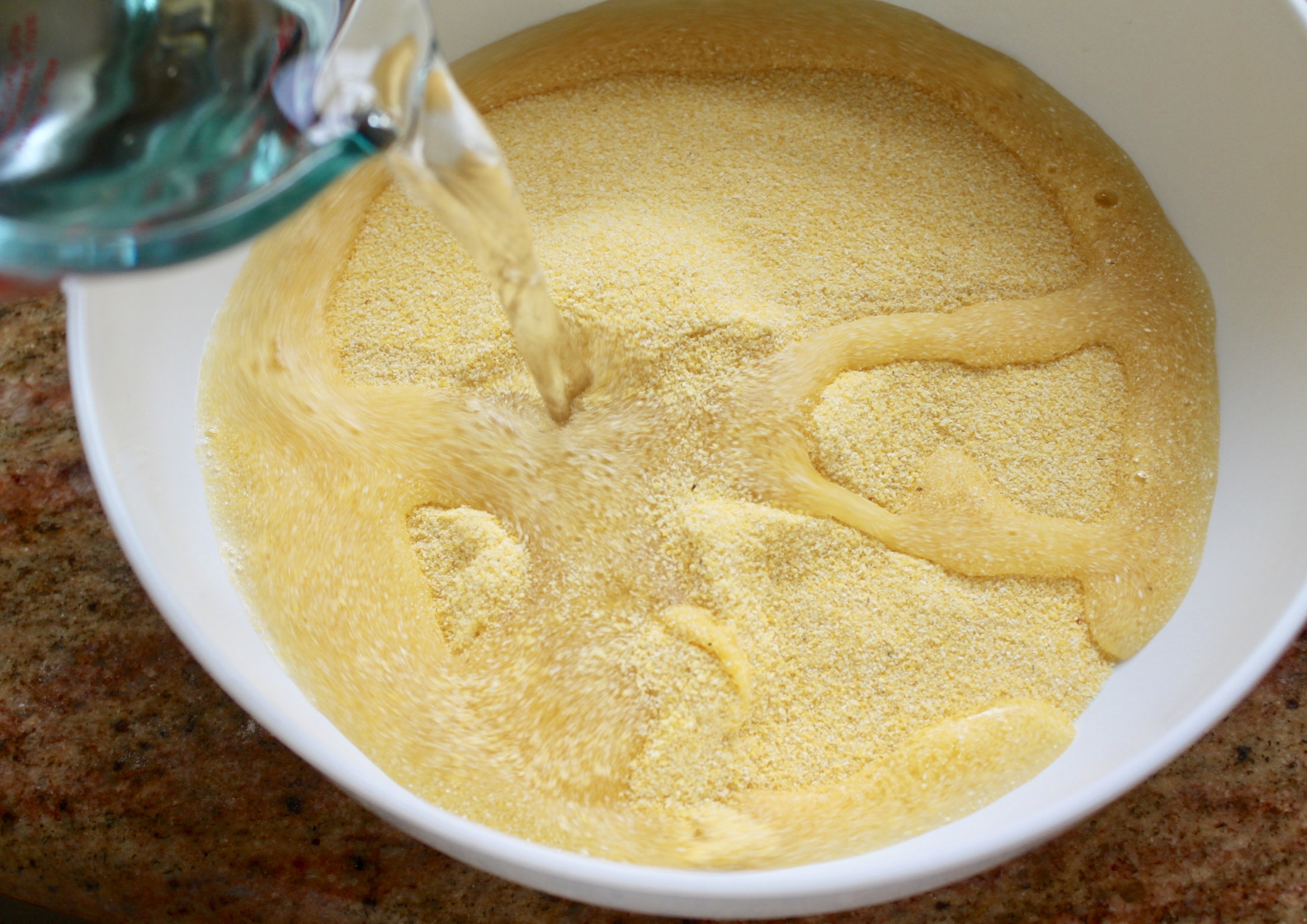
Step 3
Immediately add the wet polenta to the pot before the water comes to a boil.
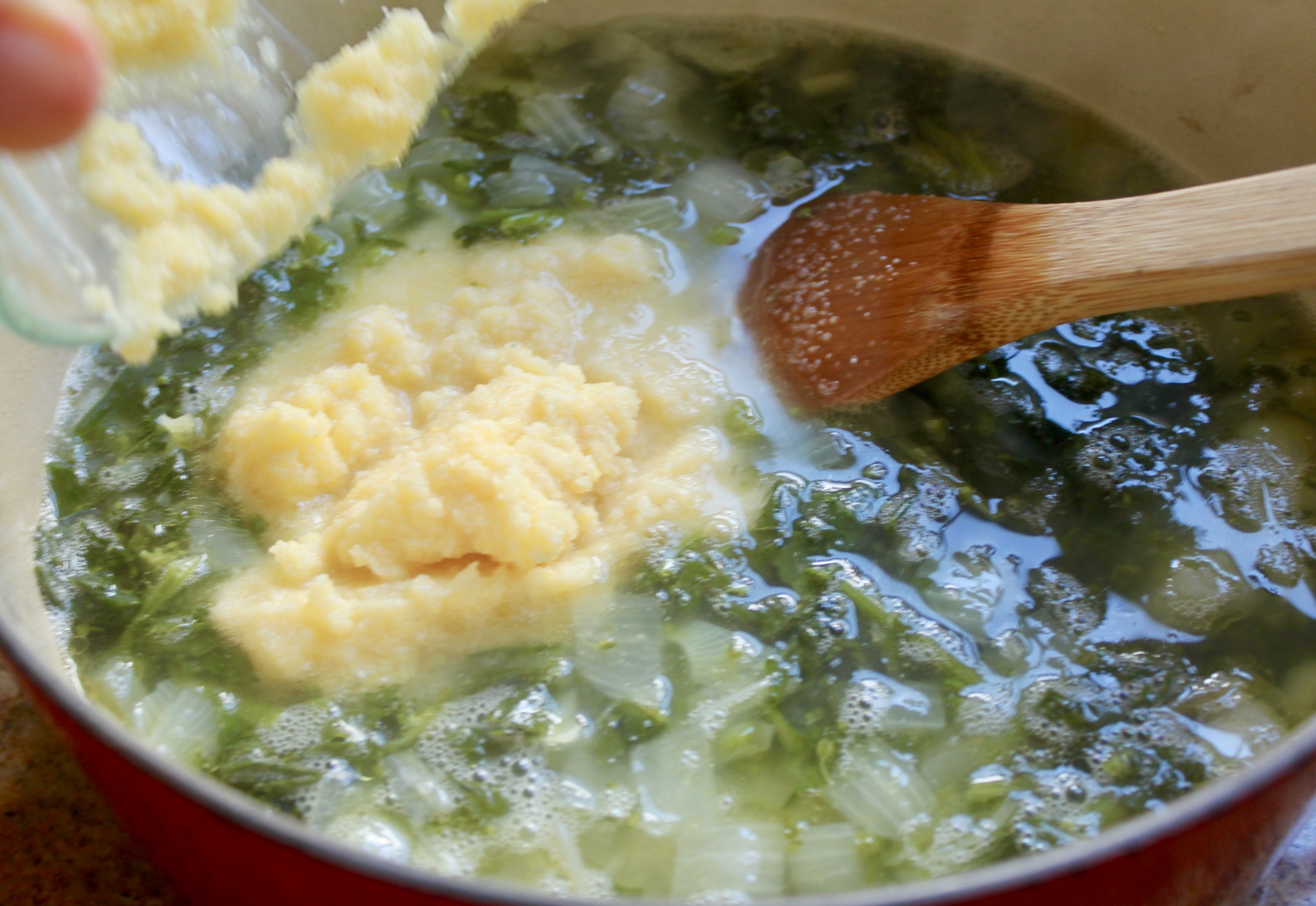
Continue stirring, and cook over medium heat (it should be bubbling) for about 25 minutes. Keep scraping the bottom to make sure the polenta doesn’t stick. Be careful not to let it boil too fast or the polenta may bubble which is painful if it squirts onto your hand.

If you are using a quick cooking package, it will be ready in just a few minutes, however the traditional type will need to cook for about 25 minutes, possibly longer. Taste again for salt and remove from heat when it is no longer hard and gritty.
Pour into bowls immediately and serve.
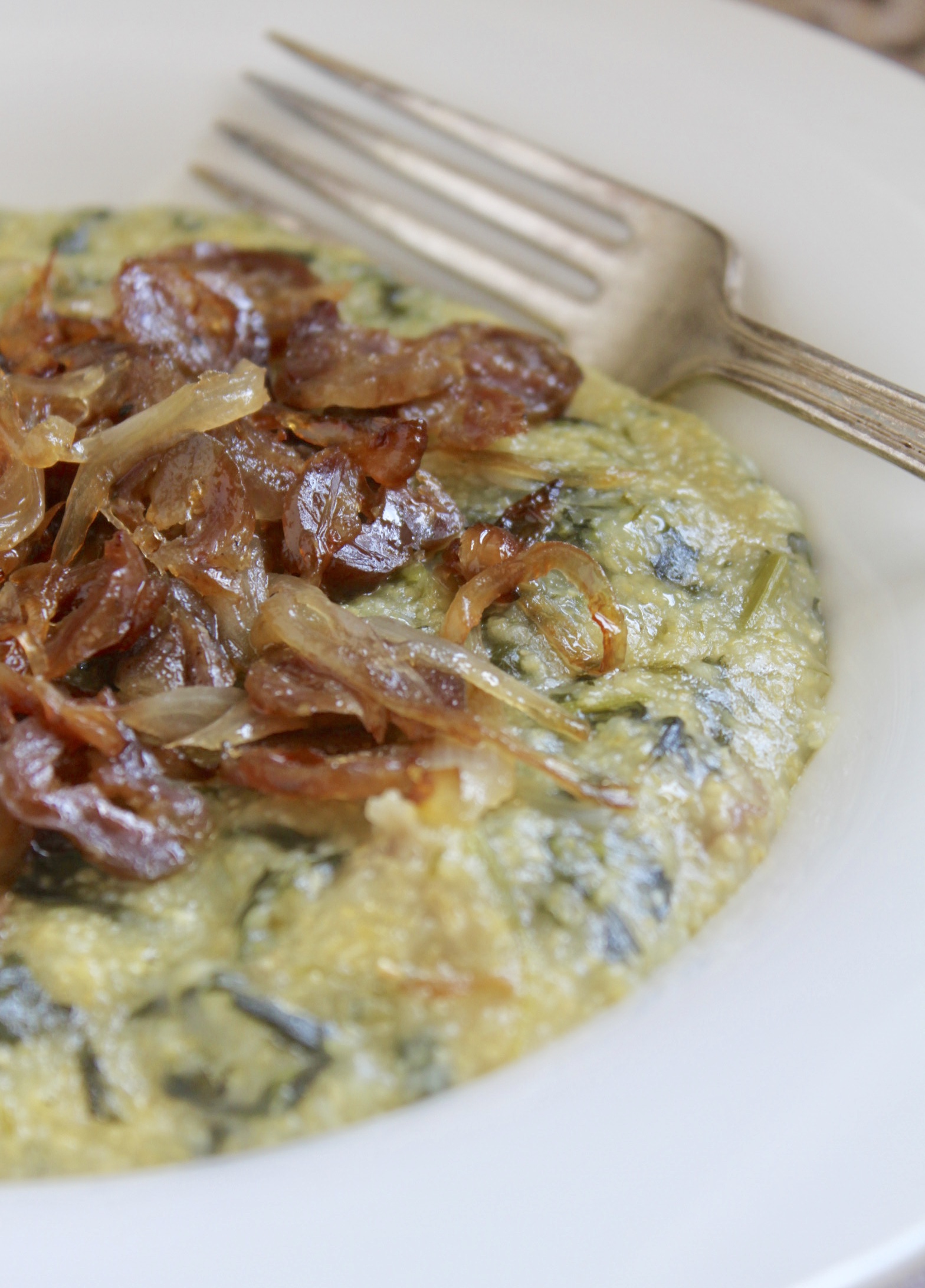
Important Note: If there is any leftover in the pot, put it into a dish which you will want to keep in the refrigerator as it hardens as it cools.
Enjoy this ancient dish!
And if you try it and love it as much as I do, please click the 5 stars on the printable recipe card below!
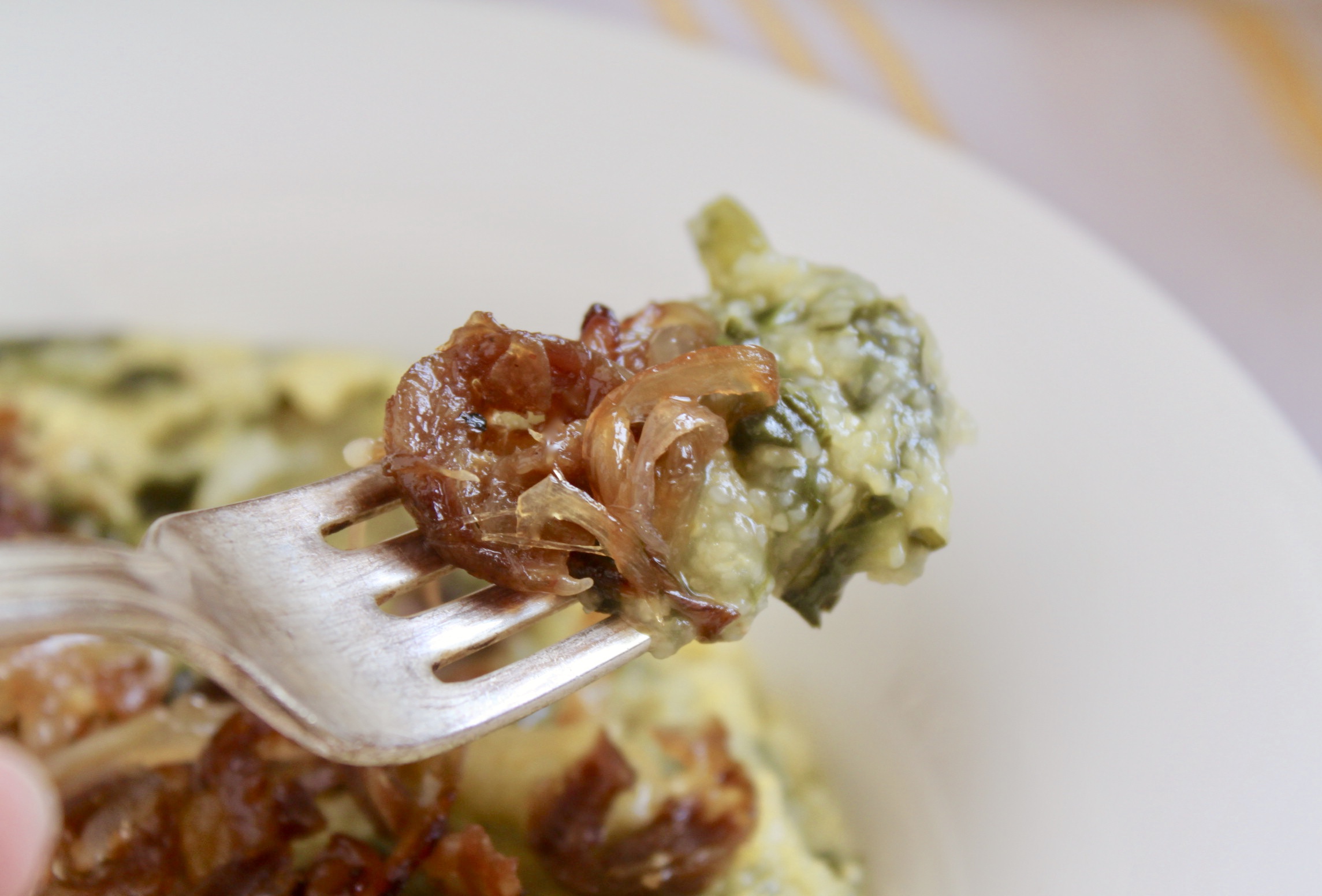
Sign up for my free, weekly newsletter and never miss another recipe or post! (At the top right.)

How to Make Polenta - an Easy Italian Recipe
Ingredients
- 2 Tbsp extra virgin olive oil
- 1 medium onion diced
- 1 bunch rapini washed and chopped into small pieces
- 1 ½ cups polenta or good quality corn meal (you can put it in the blender to make it more fine or leave as is)
- ½ tsp Kosher salt
- 1 caramelized onion optional, to serve
Instructions
- Fry the onion in the olive oil in a large, heavy pot over medium high heat until translucent and just starting to brown.
- Add 4 cups of water to the pot. Then add the chopped rapini.
- Next, add 2 cups of water to the cornmeal placed in a bowl, and stir to moisten. This technique of adding water to the dry ingredient will ensure that you will avoid lumps. However, do not add the water to the polenta until just before adding it to the pot. Add half a teaspoon of Kosher salt at this time, taste and add more as needed.
- Immediately add the wet polenta to the pot before the water comes to a boil. Continue stirring, and cook over medium heat (it should be bubbling) for about 25 minutes.
- Keep scraping the bottom to make sure the polenta doesn't stick. Be careful not to let it boil too fast or the polenta may bubble which is painful if it squirts onto your hand.
- If you are using a quick cooking package, it will be ready in just a few minutes, however the traditional type will need to cook for about 25 minutes, possibly longer. Taste again for salt and remove from heat when it is no longer hard and gritty.
- Pour into bowls immediately and serve as desired.
Notes
- Important Note: If there is any leftover in the pot, put it into a dish which you will want to keep in the refrigerator as it hardens as it cools.
Nutrition
Other recipes using corn meal ~
Hatch Chile Cornbread Casserole
Ancho Chile Pot Pie with Cornmeal Drop Biscuits
Christina’s Cucina is a participant in the Amazon Services LLC Associates Program, an affiliate advertising program designed to provide a means for sites to earn advertising fees by advertising and linking to Amazon.com.

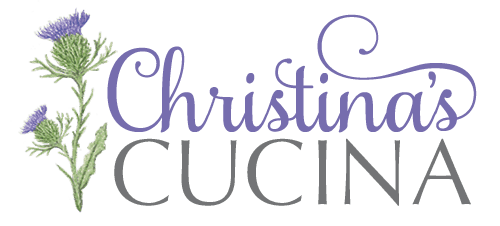
Wonderful dish!
Yay! Thanks, Lori!